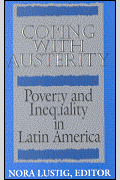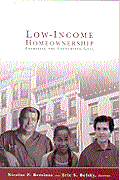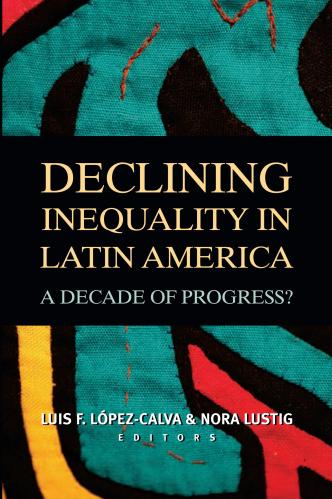Listen to BPEA Co-editor Justin Wolfers discuss this paper:
Income inequality in the US has increased in recent decades, and this increase is of a permanent nature, according to a new paper presented today at the Spring 2013 Conference on the Brookings Papers on Economic Activity (BPEA).
In “Rising Inequality: Transitory or Permanent: New Evidence from a Panel of U.S. Tax Returns,” Vasia Panousi and Ivan Vidangos of the Federal Reserve Board, Shanti Ramnath of the U.S. Treasury Department, Jason DeBacker of Middle Tennessee State and Bradley Heim of Indiana University use new data to closely examine inequality, finding an increase in “permanent inequality” — the advantaged becoming permanently better-off, while the disadvantaged becoming permanently worse-off. The paper has important public policy implications because rising income inequality will lead to greater disparity in families’ well-being that is unlikely to reverse, whereas “transitory inequality” or year-to-year income variability would imply greater income mobility — those who fare worse today might be able to do better in later years. The authors are among the first to examine various measures of income in great detail, including earnings from work activities as well as broader measures of family resources such as total household income.
Although the increase in inequality over the last two decades has been extensively documented in the economics and policy literature, the authors find that this inequality largely constituted an increase in permanent inequality. Using a large panel of income data from U.S. federal tax returns for the period 1987-2009, the authors show that for men’s labor earnings, the increase in inequality was entirely permanent (100 percent), while for total household income, roughly three-quarters of the increase in inequality was permanent. They estimate that the permanent variance for men’s earnings roughly doubled in the 20 years between 1987 and 2009, while the permanent variance of total household income increased by about 50 percent over the same period.
Looking at the impact of tax policy on inequality, the paper finds that although the US federal tax system is indeed progressive in that it has provided some help in mitigating the increase in income inequality over the sample period, it has, however, not significantly altered the broadly increasing inequality trend. All told, the results suggest that rising income inequality will likely lead to greater disparity in families’ well-being and reduce social welfare in the long-run.
“The distinction between permanent and transitory inequality is important for various reasons. First, it is useful in evaluating the proposed explanations for the documented increase in annual cross-sectional inequality. For example, if rising inequality reflects solely an increase in permanent inequality, then consistent explanations would include, for example, skill-biased technical change or long-lasting changes in firms’ compensation policies. By contrast, an increase in transitory inequality could reflect increases in income mobility, driven perhaps by greater flexibility among workers to switch jobs. Second, the distinction is useful because it informs the welfare evaluation of cross-sectional inequality increases. Specifically, lifetime income captures long-term available resources, and hence an increase in permanent inequality would reduce welfare according to most social welfare functions. By contrast, increasing transitory inequality would have less of an effect on welfare, especially in the absence of liquidity constraints restricting consumption smoothing,” they write.







